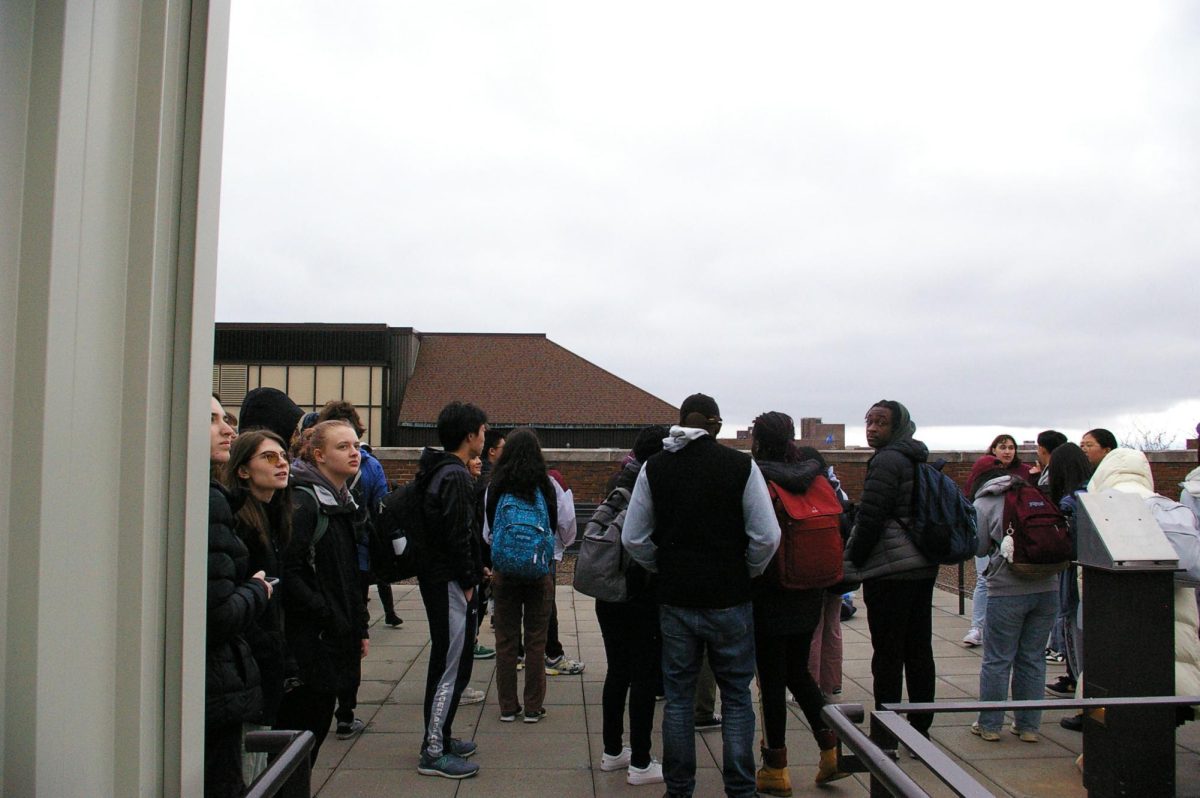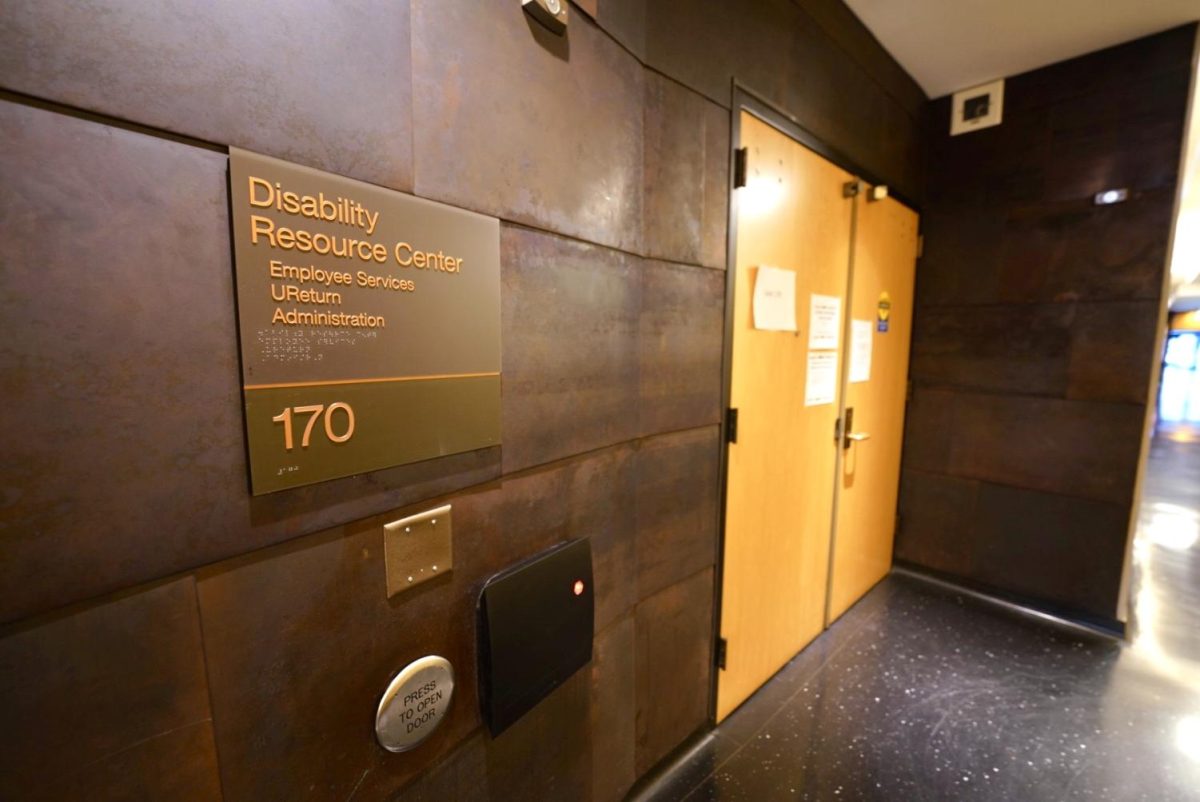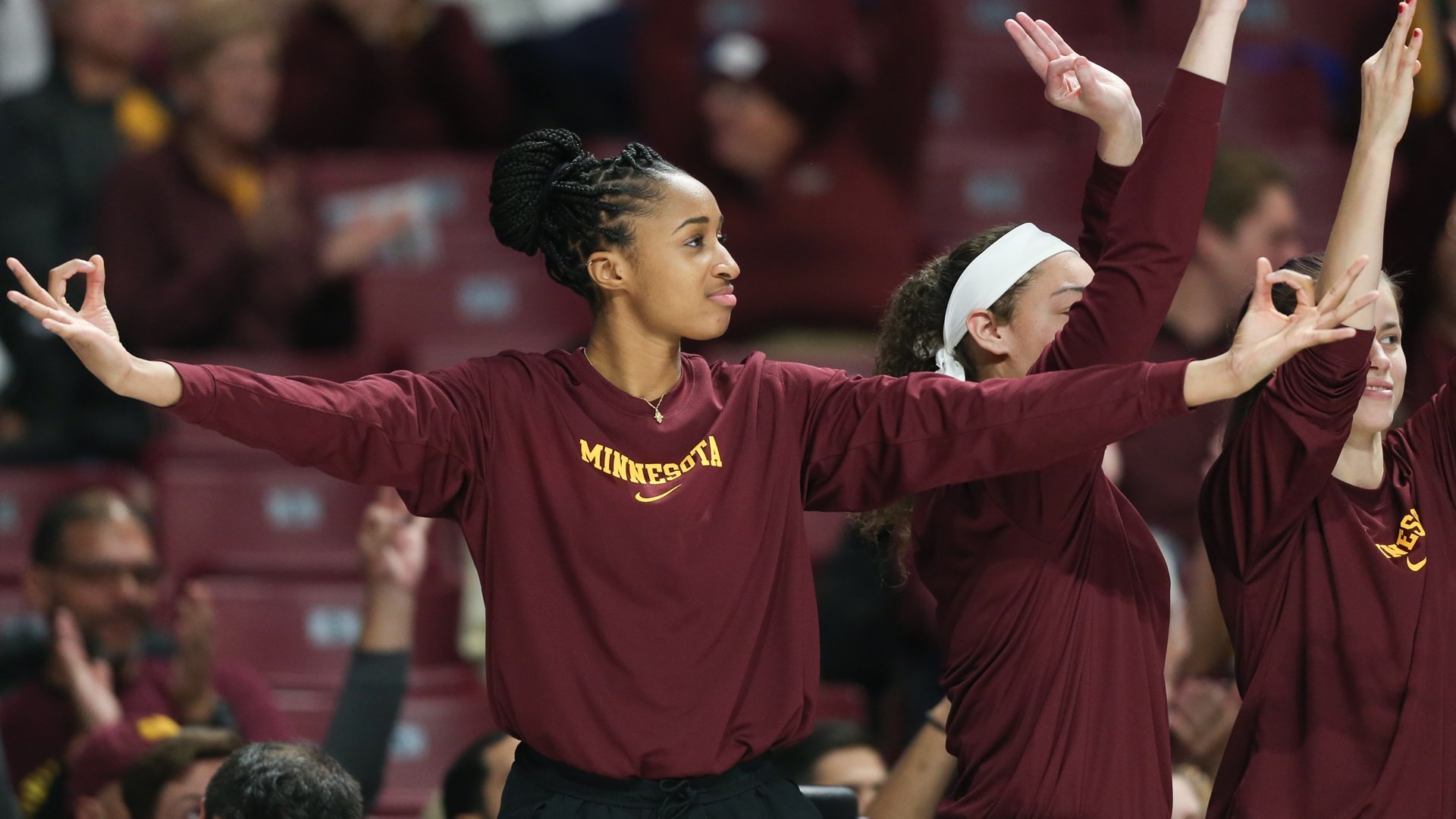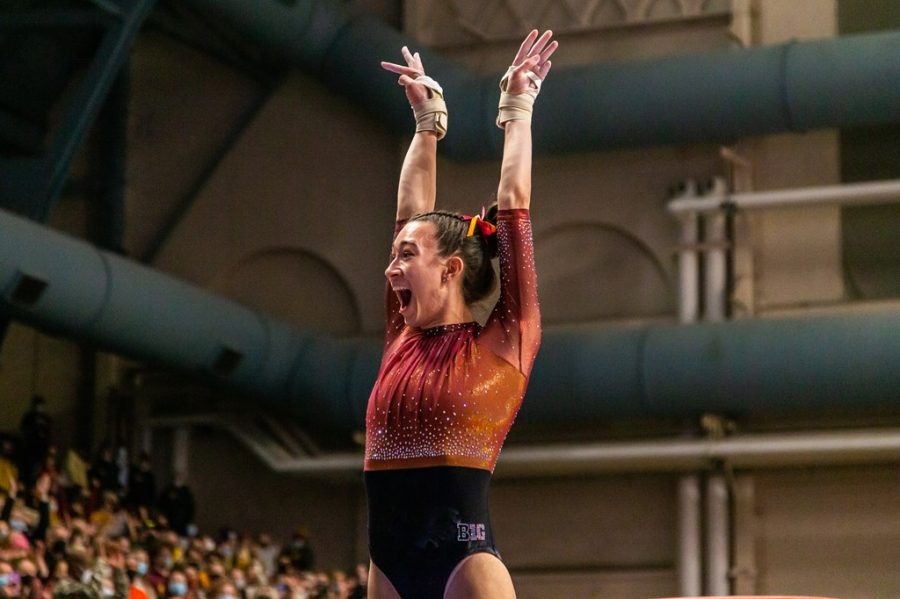The University of Minnesota Senate approved a new systemwide discrimination policy Nov. 4 that focuses specifically on outlining procedures to address instances of discrimination.
The new policy provides definitions of discrimination and outlines reporting procedures, and if fully approved in February, would apply to all University students, faculty and staff. This policy builds upon the existing Equity, Diversity and Equality Opportunity and Affirmative Action policy that addresses equal opportunity, which is too broad, according to University Senate leaders.
“There wasn’t really any clear-cut policy before this at the University,” said Faculty Consultative Committee Chair Ned Patterson. “Policies and processes do matter sometimes, and I think it’s really helpful to have a transparent and clear policy.”
The new policy would provide clear and transparent procedures to respond to concerns of discrimination, said Tina Marisam, director of the Equal Opportunity and Affirmative Action (EOAA) office.
Discrimination includes denial of reasonable accomodations, harassment and an action based on a protected identity characteristic that negatively impacts an individual’s employment or education, under the policy. The policy outlines 12 protected characteristics including race, national origin and gender.
The policy specifically protects against discrimination based on a person’s disability status. This can include failure to hire a candidate based on a disability, failure to provide reasonable accommodations for employment or education and harassment based on disability, said Disability Issues Committee Chair David Johnson.
“To me, [the new policy is] a clear message that the University of Minnesota will not tolerate discrimination in any form,” Johnson said.
The current Board policy requires the University to provide equal access and opportunity to all community members regardless of race, national origin, disability, gender and all other protected identity characteristics. However, Board policies typically do not outline administrative procedures on how to report and handle cases of discrimination at the University, Marisam said.
Marisam said there was overwhelming support for the new policy among University Senate committees. EOAA consulted several committees to clarify the language in the policy and discuss other possible policy improvements.
“The vast majority of faculty that I know really think these are important things, to make sure we have these clear-cut processes and that people know what to do,” Patterson said.
The policy states any University member in a supervisory role must report instances of discrimination to the EOAA office.
“We saw a gap,” Marisam said. “We really felt that there was a need for a policy and a procedure that directly addresses discrimination and that gives a definition for what discrimination is.”
The Policy Advisory Committee, a group of senior administrators, is currently reviewing the policy before passing it on to the President’s Policy Committee (PPC) in December. If the PPC approves the policy, it will be available for public comment for 30 days. The policy could be implemented as an official policy in February 2022, Marisam said.
EOAA began developing the policy in 2019, but focused more on updating the sexual misconduct policy due to changes in federal Title IX policy, Marisam said. The office finalized drafts of the policy in spring 2021 and began consulting with various University Senate committees and groups.
The discrimination policy and the sexual misconduct policy are both concerned with protecting individual civil rights but contain some differences, Marisam said.
The sexual misconduct policy requires a formal written complaint while the discrimination policy would not require one, Marisam said. It also includes a hearing before a panel in cases involving students and employees. The discrimination policy has the same process for students but it is not incorporated for employees because EOAA did not feel it was necessary to add.
“We didn’t feel that adding a hearing was likely to gather more information or get us to a better conclusion on [employee] cases,” Marisam said. “We have a really extensive investigation process that we feel is sufficient to get to accurate conclusions in [employee] cases.”
Hearings can also be stressful and span many months, so it can become an additional barrier for people that do not want to go before a hearing panel, Marisam said.
Either party in a discrimination allegation can also appeal a decision in employee cases under this policy, Marisam said. Students can also appeal a decision under the current Student Conduct Code.
According to Patterson, this policy is about cultivating trust in the University system to handle cases of discrimination seriously and effectively. Discussing discrimination and equality is something that will involve the entire community, Johnson said.
“It’s a policy that has a lot of impact for a lot of people on campus,” Johnson said. “I think it’s important … how we can work as a community to provide equal opportunity, equal access and prevent situations of discrimination.”


























